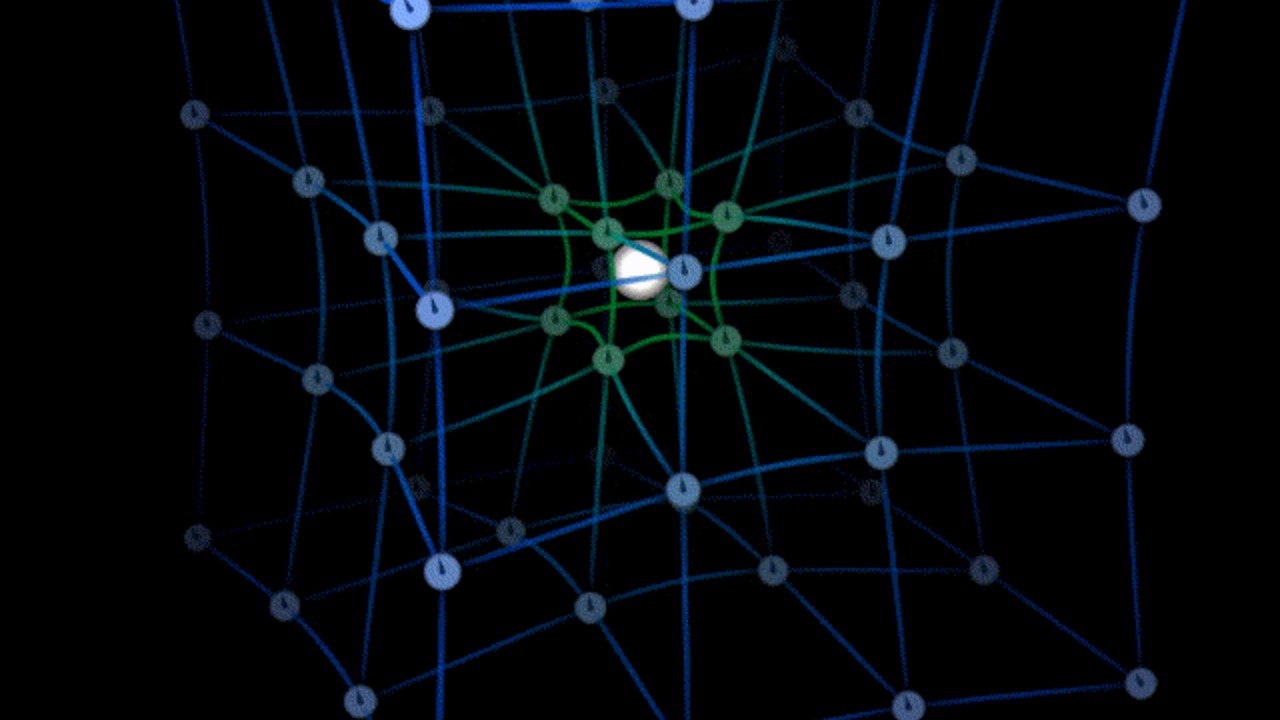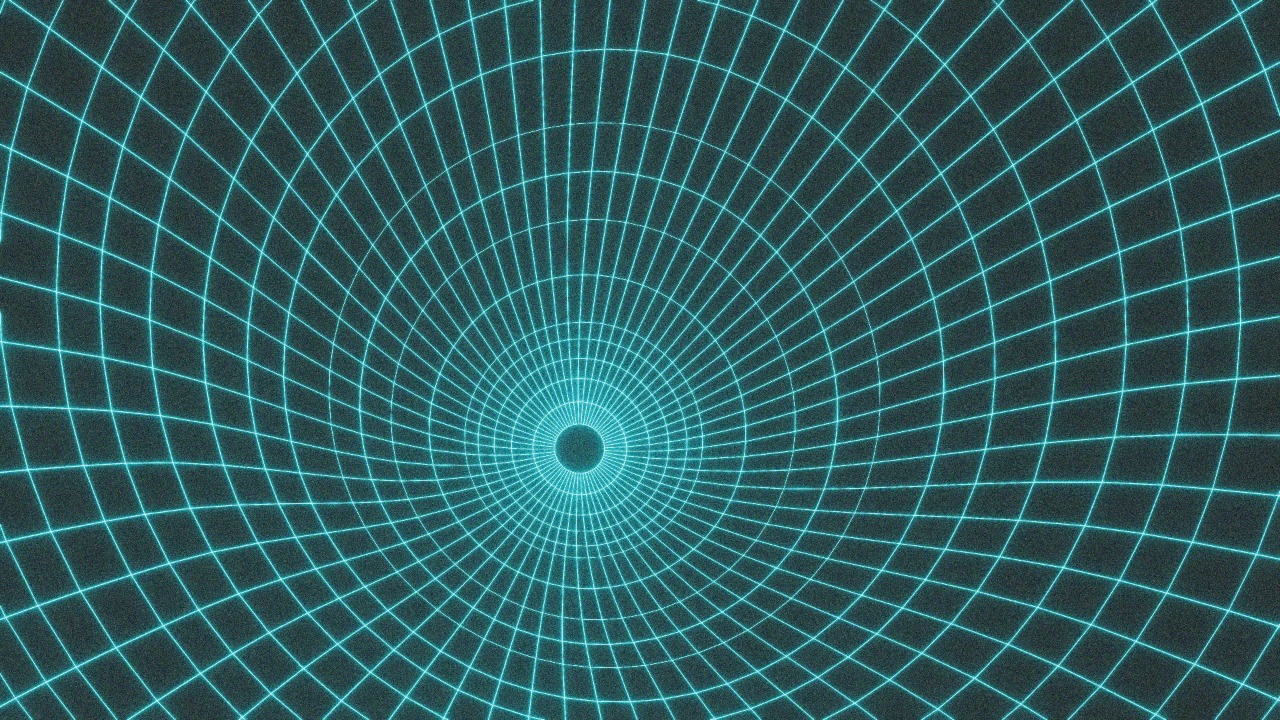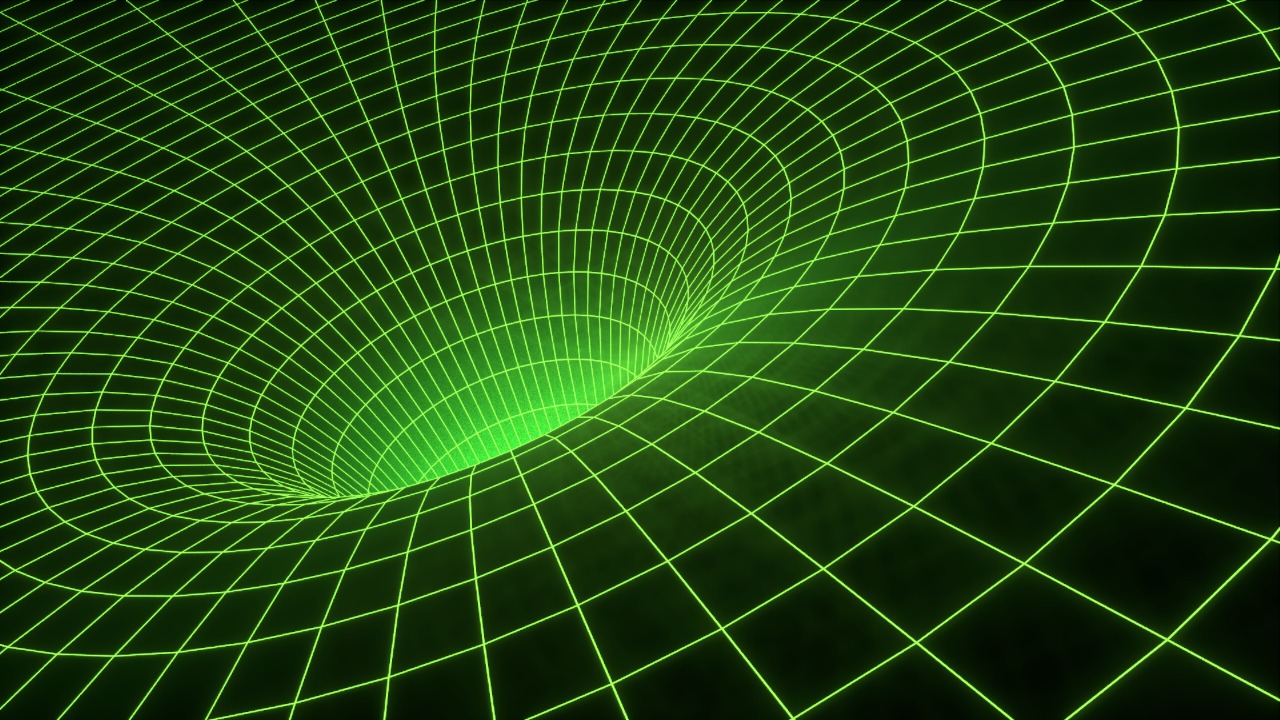
Physicists have recently uncovered a groundbreaking material known as “time crystals,” which challenges our conventional understanding of time and space. This discovery, rooted in quantum physics, opens new possibilities for technological advancements and theoretical exploration, offering a glimpse into the mysterious nature of time as we know it.
The Enigma of Time in Physics

Time has always been a central yet elusive concept in physics. Historically, figures like Isaac Newton viewed time as an absolute and universal entity, a constant backdrop against which the events of the universe unfold. This perspective was revolutionized by Albert Einstein’s theory of relativity, which demonstrated that time is not a fixed entity but rather interwoven with space itself, forming the fabric of spacetime. Under Einstein’s framework, time is relative, varying for observers depending on their velocity and gravitational field strength. This revelation has fundamentally altered our understanding of the universe, posing intriguing questions about the true nature of time.
In the realm of quantum mechanics, time takes on an even more complex role. Unlike classical physics, where time is a straightforward linear progression, quantum theory suggests that the flow of time can be uncertain and probabilistic. This has sparked debates among physicists and philosophers alike about whether time is an emergent property rather than a fundamental aspect of the universe. The mysterious nature of time challenges us to reconsider our assumptions, as it continues to be a subject of intense study and speculation in scientific circles. For those interested in a more philosophical take on time, this Instagram reel offers a fascinating perspective.
The Discovery of Time Crystals

So, what exactly are time crystals? Unlike traditional crystals, which have repeating patterns in space, time crystals exhibit patterns that repeat in time. This means they can maintain a stable oscillation without any external energy input, effectively “bending” our conventional understanding of time. This peculiar property arises from the specific quantum mechanical symmetries that govern their formation, allowing them to exist in a state of perpetual motion without violating the laws of thermodynamics. Time crystals were first theorized by Nobel laureate Frank Wilczek in 2012, and their existence was experimentally confirmed only a few years later, marking a significant milestone in quantum physics.
The experimental breakthroughs leading to the discovery of time crystals involved a series of sophisticated experiments conducted by researchers around the world. One notable experiment was carried out by a team at the University of Maryland, where scientists used a chain of ytterbium ions to create a time crystal that oscillated in a predictable manner. These experiments have paved the way for further exploration into the unique properties of time crystals, offering a tantalizing glimpse into the future of quantum materials. Detailed accounts of these experiments can be found in this book.
Implications for Science and Technology

The discovery of time crystals holds immense potential for technological advancements across various fields. In computing, for example, time crystals could lead to the development of more stable quantum systems, enhancing the efficiency and reliability of quantum computers. Their unique properties might also be harnessed in communication technologies, offering new ways to store and transmit information that were previously thought impossible. Additionally, time crystals could revolutionize materials science by providing insights into the design of novel materials with unprecedented capabilities.
The theoretical implications of time crystals are equally profound. By challenging our current understanding of time and symmetry, time crystals invite us to explore new physics theories that go beyond the standard model. This could pave the way for a deeper understanding of the universe’s underlying principles and potentially lead to groundbreaking discoveries in cosmology and particle physics. The challenges involved in studying time crystals, however, are significant. Researchers must navigate the complexities of quantum mechanics and develop innovative experimental techniques to unlock the full potential of these enigmatic materials. For those interested in the broader philosophical and scientific implications, this document provides an intriguing exploration.
Einstein’s Legacy and the Future of Physics

Albert Einstein’s contributions to modern physics cannot be overstated. His theories have laid the foundation for many of the concepts that underpin our current understanding of the universe. However, as the focus of physics shifts toward the quantum realm, Einstein’s work on relativity is being complemented by new discoveries that embrace complexity and uncertainty. Time crystals are a perfect example of this shift, as they challenge traditional notions of time and symmetry, pushing the boundaries of what we know about the quantum world.
The evolution of scientific thought is a testament to the dynamic nature of physics as a discipline. Discoveries like time crystals reflect a broader trend toward embracing the complexities of the universe and the inherent uncertainties that come with them. As physicists continue to explore the frontiers of quantum mechanics, the potential for new breakthroughs is vast. The role of physicists in shaping our understanding of reality is more crucial than ever, as they seek to unravel the mysteries of the universe and redefine the limits of human knowledge. For those curious about Einstein’s later years, this Quora discussion offers some insights.
Public Perception and the Mystique of Time

Time has long captivated the public imagination, serving as a central theme in countless works of fiction and popular culture. The allure of time travel and time manipulation continues to fascinate audiences worldwide, as it offers a tantalizing glimpse into possibilities beyond our everyday experiences. The discovery of time crystals adds a new dimension to this fascination, as it presents a tangible example of how our understanding of time can be challenged and redefined.
Communicating complex scientific concepts like time crystals to a non-specialist audience presents its own set of challenges. The intricacies of quantum mechanics and the abstract nature of time can be difficult to convey in a way that is both accurate and engaging. However, bridging the gap between science and the public is essential for fostering a broader appreciation of these groundbreaking discoveries. By inviting collaboration and dialogue between scientific and philosophical communities, the discovery of time crystals offers an opportunity to deepen our understanding of one of the universe’s most enigmatic concepts. For those interested in diving deeper into the science of time crystals, this book provides a comprehensive overview.